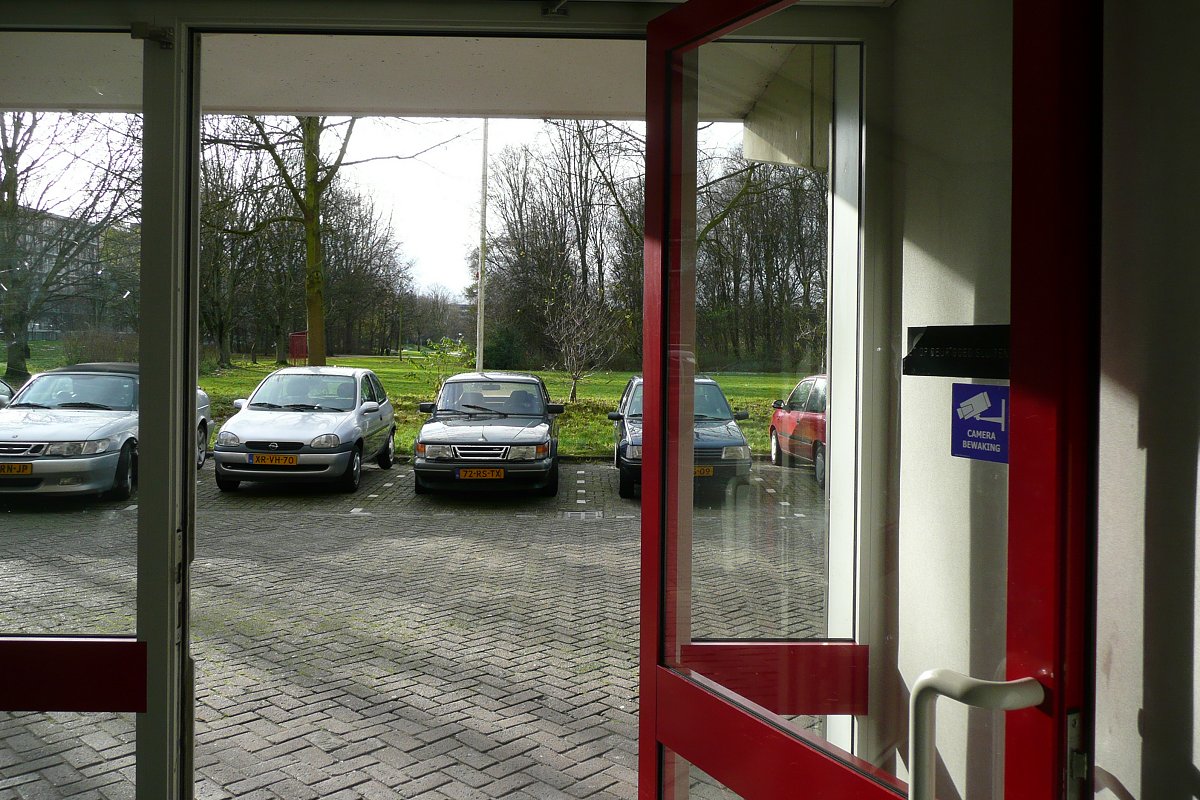Prinsenhof surveyed
Application of a comprehensive checklist
In The Hague region (Netherlands), various neighborhoods face social problems, in particular in terms of safety and feelings of insecurity. The Prinsenhof precinct in the municipality of Leidschendam-Voorburg is an example of this. SAFE PLACES surveyed and assessed this suburb commissioned by the municipality (November-December 2012). The survey took place with local ‘stake holders’ (municipality, neighborhood management, housing corporation, local police).

Survey and assessment are based on a comprehensive checklist ‘social safety’ that SAFE PLACES has developed during years of consultancy and research work. The list is summarized below.

SAFE PLACES Checklist ‘social safety’
History
• Relevant events from the past
• Background of the current situation
Use and users
• Demographic and cultural backgrounds
• Residents, entrepreneurs, operators, managers and owners
• Involvement
Crime and offenders
• Offenses
• Offender profiles, or types
• Logistics
• Perceptions of (un)safety
Architectural conditions
• Construction works
• Entrances, access points, sight lines, accessibility
• Attractiveness
Urban planning conditions
• Blocks / block shapes
• Zoning
• Public space
• Entrances, access points, sight lines, accessibility
• Attractiveness
• Services
Connections
• Relations with environment
• Infrastructural facilities
• Social connections and networks
Employment opportunities
• Internal/external
• Characteristics
Communication
• General, Public relations
• Customization
Management, supervision and maintenance
• Organization and responsibility
• Relevant activities
• ‘Eyes and ears’
Hot spots
• Existing focal points of use or crime
• Policy or operational focal points of police or administrators

The Prinsenhof project was assigned by municipality of Leidschendam-Voorburg, in collaboration with Dutch police, regional unit The Hague (formerly Haaglanden police); special thanks to former colleague Peter Versteegh.

The applied checklist is developed by SAFE PLACES and inspired by the ideas of ‘Crime Prevention Through Environmental Design’ (CPTED). SAFE PLACES has also contributed to the following reference (handbook) in this respect (Dutch only): Ita Luten et al., Handboek veilig ontwerp en beheer: sociale veiligheid in buitenruimten, gebouwen en woningen. Uitgeverij THOTH, 2008.

Prinsenhof, The Hague region, Netherlands
